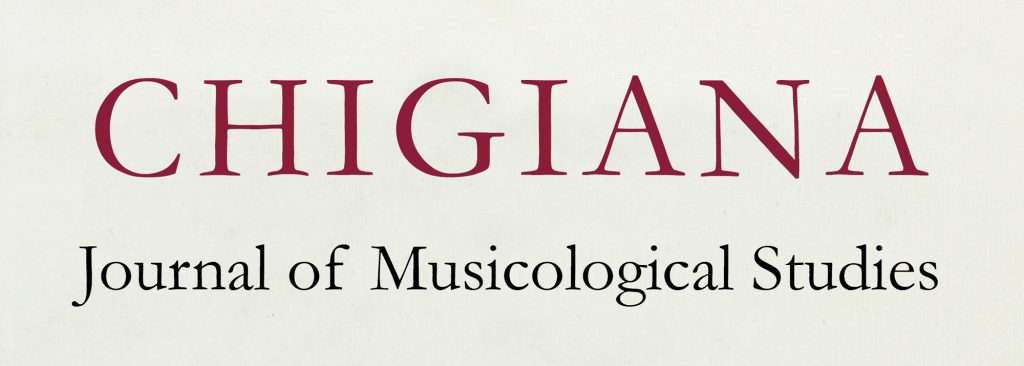
Consecrating the Stage: Uwe Scholz’s Choreographic Completion of Mozart’s Große Messe
Eftychia Papanikolaou Bowling Green State University
Die Große Messe (2005) is a fascinating choreo-musical conception of a quasi-liturgical praxis by German choreographer Uwe Scholz (1958-2004). The former director of the Leipzig Ballet created a two-hour long choreographic event based on the music of Mozart’s unfinished Mass in C minor (K. 427), augmented with chants, short works by twentieth-century composers, and poetry by Paul Celan. As is evident from Scholz’s own sketches, each section is meant to perform a “liturgical function” that corresponds to parts of the Mass – what he indicated as the Ordinarium, Proprium, Gebete and Lesungen. Thus the transplantation of the Mass onto the dance stage achieves a re-fashioning of the ritual and the re-drawing of its – physical and other – borders. In my presentation I explore a number of questions that result from the production’s conceptual complexity. How does the sacred ritual of the Mass transform through the latent sensuousness that permeates its balletic presentation? Does the choreographic adaptation of a musical Mass alter our conception of the music’s liturgical role on a secular stage? How do articulations of spirituality and the sacred transfer from one medium to the other? Rather than considering the ballet simply as an adaptation or a translation of the music into embodied practices, I propose a theoretical framework from dance studies whereby Die Große Messe demonstrates qualities emblematic of wider ideological discourses surrounding intersections of the sacred and the secular in the twenty-first century.
Die Große Messe (2005) è un’affascinante creazione coreografico-musicale di una prassi quasi-liturgica del coreografo tedesco Uwe Scholz (1958-2004). L’ex direttore del Balletto di Lipsia ha creato un evento coreografico di due ore basato sulla musica dell’incompiuta Messa in Do minore (K. 427) di Mozart, arricchita da canti, brevi inserti di opere di compositori del ventesimo secolo e versi di Paul Celan. Come si evince dagli schizzi di Scholz, ogni sezione del lavoro è destinata a una “funzione liturgica” che corrisponde a parti della messa – indicate come Ordinarium, Proprium, Gebete e Lesungen. Il trapianto della messa in una coreografia comporta un rimodellamento del rituale e una ridefinizione dei suoi confini – fisici e non. Nella mia presentazione affronto una serie di domande che derivano dalla complessità concettuale della produzione. Come si trasforma il sacro rituale della messa attraverso la sensualità latente che permea la sua versione coreutica? L’adattamento coreografico di una messa musicale su di un palcoscenico secolare altera la nostra concezione del ruolo liturgico della musica? In che modo le articolazioni della spiritualità e del sacro si trasferiscono da un medium all’altro? Invece di considerare il balletto semplicemente come un adattamento o una traduzione della musica in pratiche incarnate, utilizzo studi teorici sulla danza per evidenziare come Die Große Messe presenti caratteristiche emblematiche di più ampi discorsi ideologici che circondano le intersezioni tra sacro e profano nel ventunesimo secolo.
